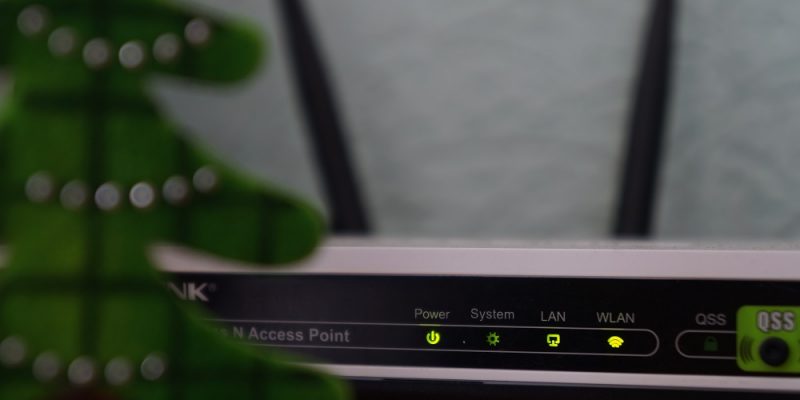 New wave of attacks aiming to rope home routers into IoT botnets
New wave of attacks aiming to rope home routers into IoT botnets
A Trend Micro research is warning consumers of a major new wave of attacks attempting to compromise their home routers for use in IoT botnets. The report urges users to take action to stop their devices from enabling this criminal activity. The importance of home routers for IoT botnets There has been a recent spike…





